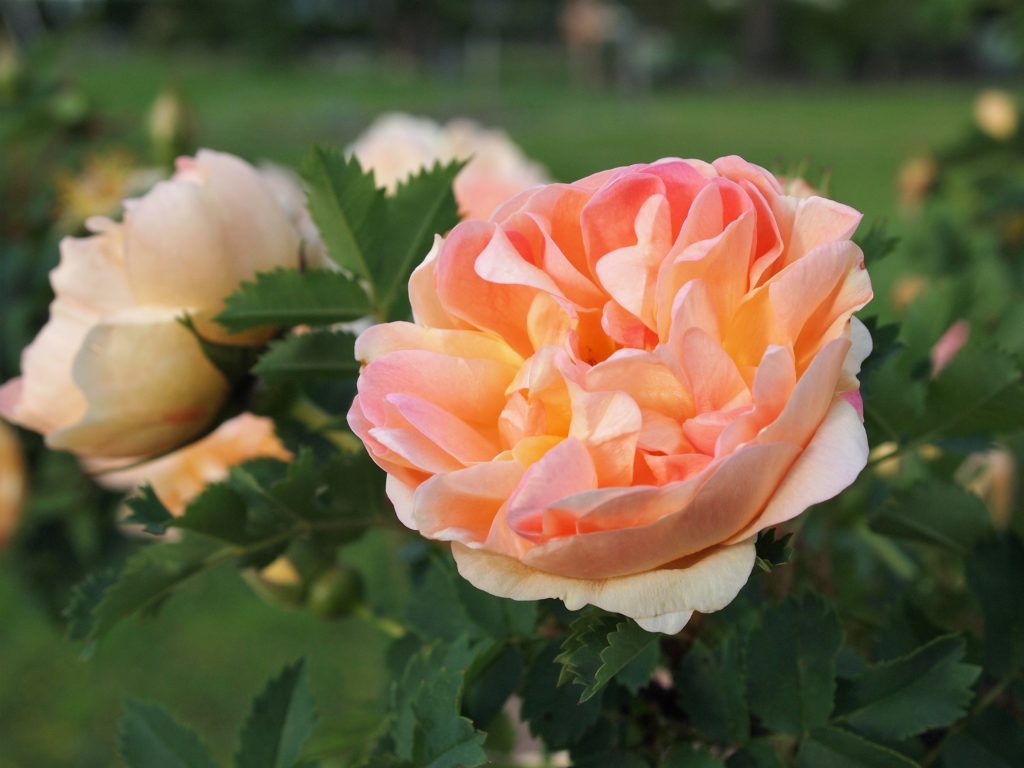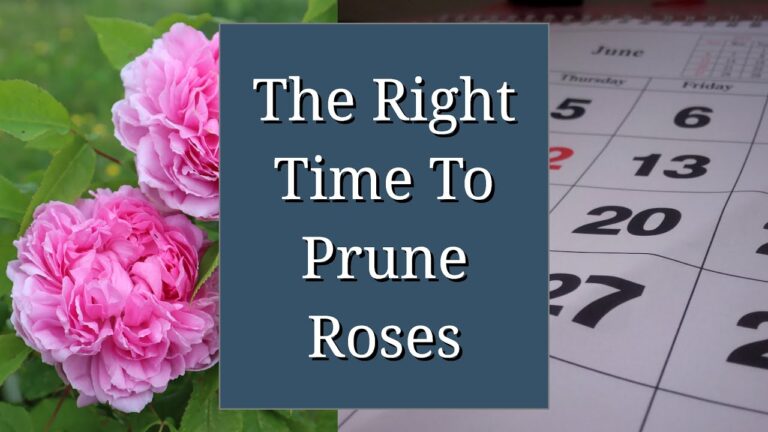The earliest roses to bloom in my landscape are the Scots roses and their close relatives. These remarkable roses deserve a proper introduction—though you might want to skip the handshake, given their thorny nature.
At the heart of this group is the species rose Rosa spinosissima, native to the British Isles (including Scotland), northern and western Europe, and western Asia. Over time, it has gathered a variety of names, including Scots rose, Burnet rose, and Scotch Briar rose. For a closer look at Scots roses and their hybrids, check out my video below!
A Versatile and Hardy Species
The Scots rose thrives in sandy or rocky soils, often near water. It is exceptionally tolerant of drought, shade, and cold winters, making it an incredibly versatile choice for landscapes. With its ability to withstand temperatures as low as USDA Zone 2, this species is a reliable option for gardeners in even the coldest climates.
Good drainage is key to its success, as the Scots rose prefers soils that don’t stay waterlogged. Once established, it adapts well to challenging conditions and can thrive in areas where other roses might struggle.
Ornamental Appeal Beyond Its Blooms
The beauty of the Scots rose doesn’t end when its flowers fade. Its finely divided leaves, with up to 11 small leaflets per stem, are a rich, deep green with delicately toothed edges. This foliage gives the plant a refined, fine-textured appearance, setting it apart from most modern hybrid roses.
Another standout feature is its fruit, or hips. These develop in a stunning progression of colors, transitioning from green to red, then brown, and finally to an eye-catching black. These black hips are not only a visual treat in the garden but also serve an ecological purpose. They provide a valuable food source for birds during the winter, adding another layer of appeal for wildlife-friendly gardeners.
Scots Rose Hybrids: Expanding the Possibilities
As much as I admire the Scots rose in its pure species form, what truly excites me is how breeders have harnessed its genetics. They have created hybrids that combine its exceptional landscape qualities with a wide range of flower forms.
These hybrids bring delightful diversity to the garden. Here are a few notable examples:

- Above: ‘Suzanne.’ Soft pink. I think in the video I called it an Erskine rose, but it’s actually Skinner.
- Below: Austrian Copper. Not a Scots rose, but a genetic relative with some similar characteristics.


- Above: ‘Betty Will.’
- Below: ‘Prairie Peace.’ I can’t stop taking pictures of this rose when it looks like this!

The Scots Rose: A Moment in the Spotlight
In the early 19th century, the Scots rose (Rosa spinosissima) enjoyed a surge of popularity, becoming a staple in British and European gardens. Its unmatched hardiness, adaptability, and delicate beauty captivated gardeners, while its symbolic connection to Scotland’s rugged landscapes added cultural appeal. Queen Victoria herself is said to have planted Scots roses at Balmoral Castle, appreciating their ability to thrive in the harsh Highland climate.
At its peak, Scots rose enthusiasts had hundreds of cultivars to choose from. Some collections were particularly extensive—like the Duke of Bedford’s Rosarium Scoticum at Woburn Abbey, which boasted around 260 varieties, and the Duke of Buccleuch’s garden at Dalkeith Palace, home to 150 varieties in the 1840s.
Despite this enthusiasm, the Scots rose fell out of favor by the late 19th century as gardeners shifted their attention to repeat-blooming varieties like hybrid teas. By 1874, nurseries had largely stopped offering Scots roses, and many were relegated to old gardens or forgotten entirely.
Though its heyday was brief, the Scots rose left a lasting legacy. Its genetics continue to influence cold-hardy hybrids, and its timeless beauty ensures it remains cherished by gardeners who value its resilience and charm. More about the history of Scots Roses in this article by Dr. Peter Boyd.
Notable Scots Roses and Relatives to Consider
If you’re inspired by the charm of the Scots rose, here are some other notable varieties and close relatives worth exploring:
- ‘Frühlingsgold’: A hybrid with large, soft yellow blooms and a delightful fragrance, known for its vigorous growth and early flowering.
- ‘Stanwell Perpetual’: A repeat-blooming Scots rose with double, blush-pink flowers and an elegant, arching habit. Its long bloom season makes it especially beloved.

- ‘Frühlingsmorgen’: Offers single, pale pink flowers with striking yellow stamens, blending simplicity with captivating beauty.
- ‘William III’: A compact Scots rose variety featuring vivid yellow blooms, perfect for smaller gardens or tight spaces.
- ‘Golden Wings’: A spinosissima hybrid with light yellow, semi-double blooms and a graceful growth habit, popular for its delicate elegance.
- Rosa × harisonii (‘Harison’s Yellow’): A historic relative of the Scots rose, often called the “Yellow Rose of Texas.” Its bright yellow flowers and rugged adaptability make it a standout in colder climates.
These varieties demonstrate the incredible diversity and versatility within the Scots rose lineage, offering options for gardeners with different tastes and landscape needs. From refined hybrids to iconic relatives, there’s something here for every garden.
Why Grow Scots Roses?
The Scots rose and its hybrids are a testament to the beauty and resilience of this remarkable species. Whether you grow the original Rosa spinosissima or one of its stunning descendants, these roses offer much more than their early blooms.
Their finely textured foliage, ornamental hips, and adaptability to challenging conditions make them a valuable addition to any landscape. Be mindful, though, that some varieties are prone to suckering. This trait can be beneficial for naturalizing larger areas but may require pruning or containment in smaller garden settings.
Incorporating Scots roses into your garden is not just about enjoying their beauty. It’s also about preserving a piece of horticultural history. These roses have endured through time, thriving in rugged environments and inspiring breeders to create even more captivating varieties. By planting and sharing them, we ensure their legacy continues to flourish.
If you’re considering adding a Scots rose or one of its hybrids to your garden, don’t hesitate to explore their incredible diversity. Whether you’re drawn to their charm, durability, or historical significance, these roses are sure to bring joy and character to your landscape.





